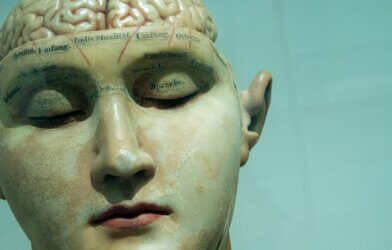Ever wondered how your brain decides what’s right and wrong? Scientists at the University of California – Santa Barbara have been on a mission to uncover the secrets behind our moral reasoning.
Every day, we encounter situations that make us think about what’s right or wrong. It could be anything from a politician’s actions to your friend’s loyalty. But what exactly makes something “morally right” or “morally wrong”?
Some people believe that all moral judgments have something in common – like a shared characteristic. Others think that moral judgments are diverse and can’t be simplified. It’s an age-old debate that’s been going on for centuries!
To get to the bottom of this moral mystery, a group of researchers led by René Weber at UC Santa Barbara decided to investigate. They studied 64 individuals, asking them questions about behaviors that were considered morally wrong and behaviors that just went against social norms.
What did they discover? It turns out that our brains have a specific network of regions that light up when we make moral judgments. It’s like a spotlight that says, “Hey, this is a moral issue!” But here’s the twist – different moral issues activate slightly different parts of this network.
Think of it like different pathways in a maze – each one leading to a unique moral judgment. So, your brain processes cheating on a test differently from, let’s say, having coffee with a spoon. That supports the idea that moral judgments are diverse, just like the pluralists believe.
Liberals vs. Conservatives
But the surprises didn’t end there! The researchers found that liberals and conservatives have different brain patterns when they evaluate moral issues. Liberals tend to focus on individual rights and fairness, while conservatives put more emphasis on group loyalty, authority, and sanctity.
Imagine looking at the same painting but seeing different colors – that’s what it’s like for people with different political beliefs when they judge moral issues.
Cracking the Brain’s Moral Code
The researchers even developed a super cool machine-learning algorithm that could predict which moral category a person was judging based on their brain activity. It’s like the brain had its own secret code that the algorithm could decipher.
So, moral reasoning is a bit like solving puzzles. You have to ask yourself the “six W questions”: Who, What, When, To Whom, With What Effect, and Why. That’s why it takes time to make moral judgments – it’s like solving a complex riddle.
The Brain’s Blueprint for Morality
What’s really exciting is that this research isn’t just about understanding how our brains make moral judgments. It’s also about how these judgments shape our society and politics.
It turns out that our moral foundations – what we believe is right and wrong – are deeply connected to our group identity and political views. This could explain why people with different political leanings often see things in completely different ways.
So, as we move forward, scientists are eager to explore how our brains react to moral questions in everyday life – from reading news stories to watching political debates. The next century of moral neuroscience promises to be full of exciting discoveries!
In the end, understanding how our brains make moral judgments helps us better understand ourselves and the world around us. It’s like solving a puzzle that’s been puzzling humanity for centuries.










-392x250.jpg)

